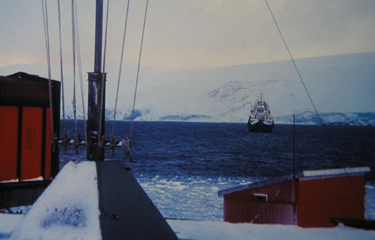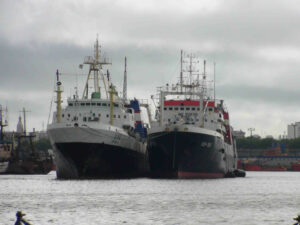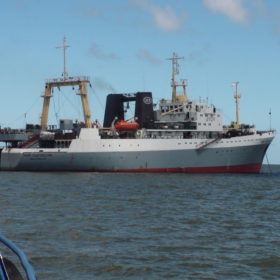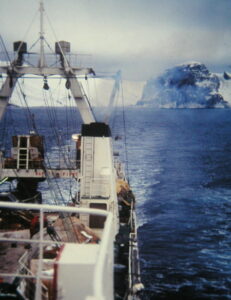SupplySi de insights April 2015 publication addresses South Antarctic krill fishery and its market positioning.
de insights April 2015 publication addresses South Antarctic krill fishery and its market positioning.
Despite the great concern regarding krill overfishing, this is strictly regulated by the Commission for the Conservation of Antarctic Marine Living Resources (CCAMLR), the international organization responsible for determining fishing quotas and fishing locations (Marine Protected Areas or MPA’s).
MPA’s are designated by CCAMLR. They surround coastal areas inhabited by birds and seals feeding on krill. Most of the large krill predator populations are relatively healthy and have been increasing over the last 30 years. Scientific observations indicate that Minke whales have become unusually abundant.
There is not certainty yet as to who are the major krill predators since studies increasingly suggest that it is not seabirds and marine mammals, as it is currently believed.
Preserving the krill fishery healthy is crucial for krill oil manufacturers, as krill oil is currently the second-largest omega-3 category, and it is gaining significant traction in the mass market, increasing to 16 percent market share (SPINS/IRI, 2013-2015). In terms of sales, krill oil has been the top-selling dietary supplement in the mass market for the last several years (SPINS/IRI, 2013-2015).
And marine oils are recommended by practitioners. When it comes to omega-3 recommendations, fish oils were the most popular source of supplemental omega-3s, with 37 percent recommending fish oil “always”, and 53 percent recommending them “frequently” (combined 90 percent). Flax was next. Krill oil ranked third, with 5 percent recommending always, and 20 percent recommending it “frequently” (25 percent combined).
While krill had a substantial “fan base” among practitioners, it is equally clear that there are many clinicians who have yet to discover—or recognize—its benefits.
Full report Krill- Sustainably Harvested








